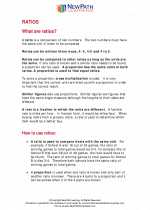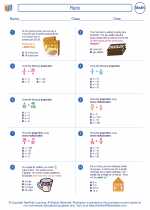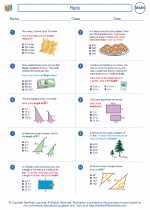Classical Probability
Classical probability is a concept in mathematics that deals with the likelihood of an event occurring. It is based on the assumption that all outcomes are equally likely. This type of probability is often used in situations where the sample space is finite and each outcome is equally likely to occur.
Key Concepts
- Sample Space: The sample space is the set of all possible outcomes of an event. For example, when rolling a fair six-sided die, the sample space is {1, 2, 3, 4, 5, 6}.
- Event: An event is a specific outcome or a set of outcomes from the sample space. For example, when rolling a die, the event of getting an even number can be represented as {2, 4, 6}.
- Probability: The probability of an event is the likelihood of that event occurring, and it is represented as a number between 0 and 1. A probability of 0 indicates that the event is impossible, while a probability of 1 indicates that the event is certain to occur.
Calculating Classical Probability
The probability of an event E, denoted as P(E), can be calculated using the following formula:
P(E) = Number of favorable outcomes / Total number of possible outcomes
Example
Suppose you have a standard deck of 52 playing cards. What is the probability of drawing a spade from the deck?
P(spade) = Number of spade cards / Total number of cards
P(spade) = 13 / 52
P(spade) = 1/4
Study Guide
When studying classical probability, it is important to understand the concepts of sample space, event, and probability. Practice calculating probabilities using the formula P(E) = Number of favorable outcomes / Total number of possible outcomes. Work on problems involving dice, coins, cards, and other common examples of classical probability to strengthen your understanding of the topic.
Additionally, familiarize yourself with the concepts of complementary events, mutually exclusive events, and independent events, as these are important in understanding more complex probability scenarios.
Finally, make use of online resources, textbooks, and practice problems to reinforce your knowledge and skills in classical probability.
Good luck with your studies!
.



